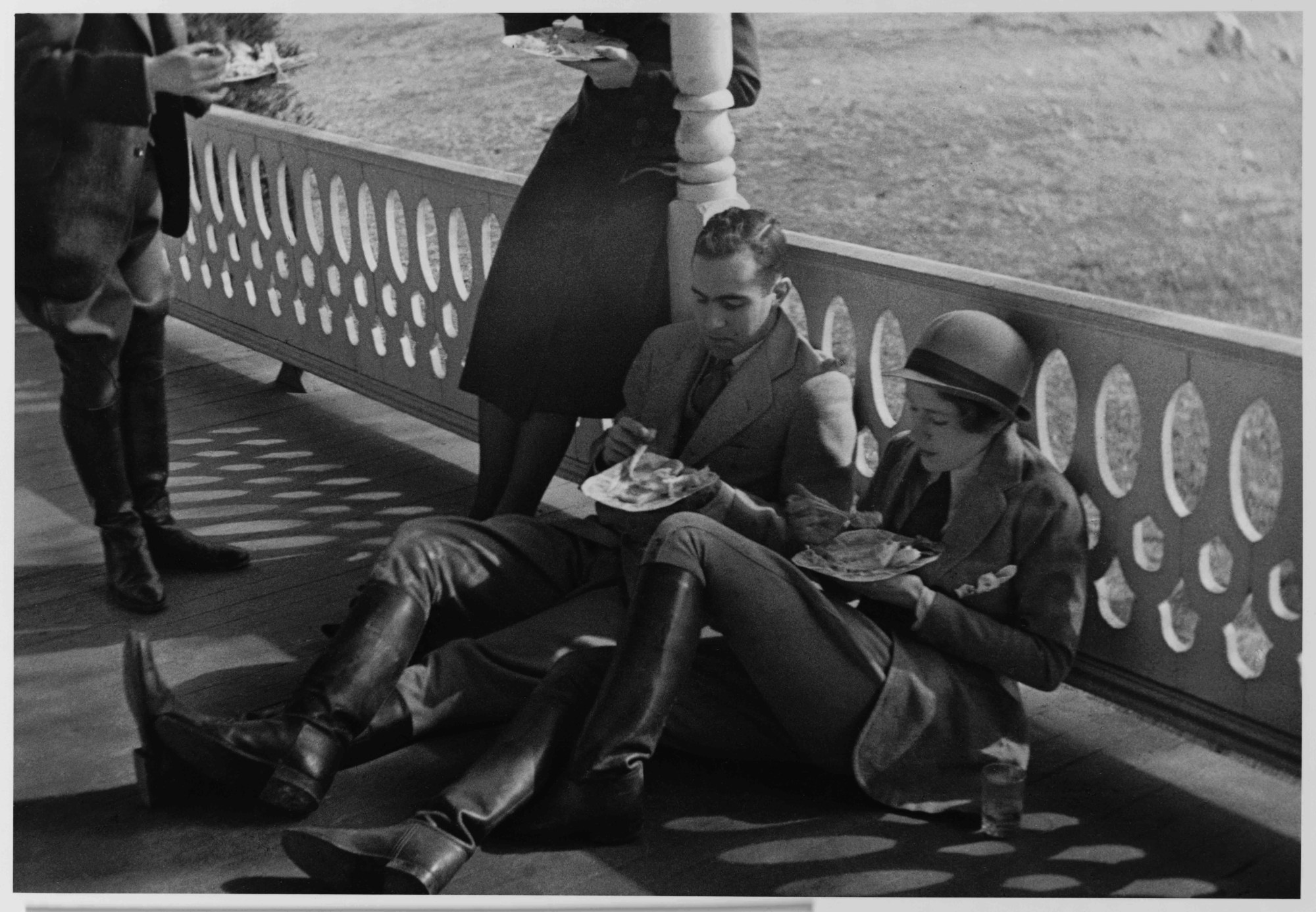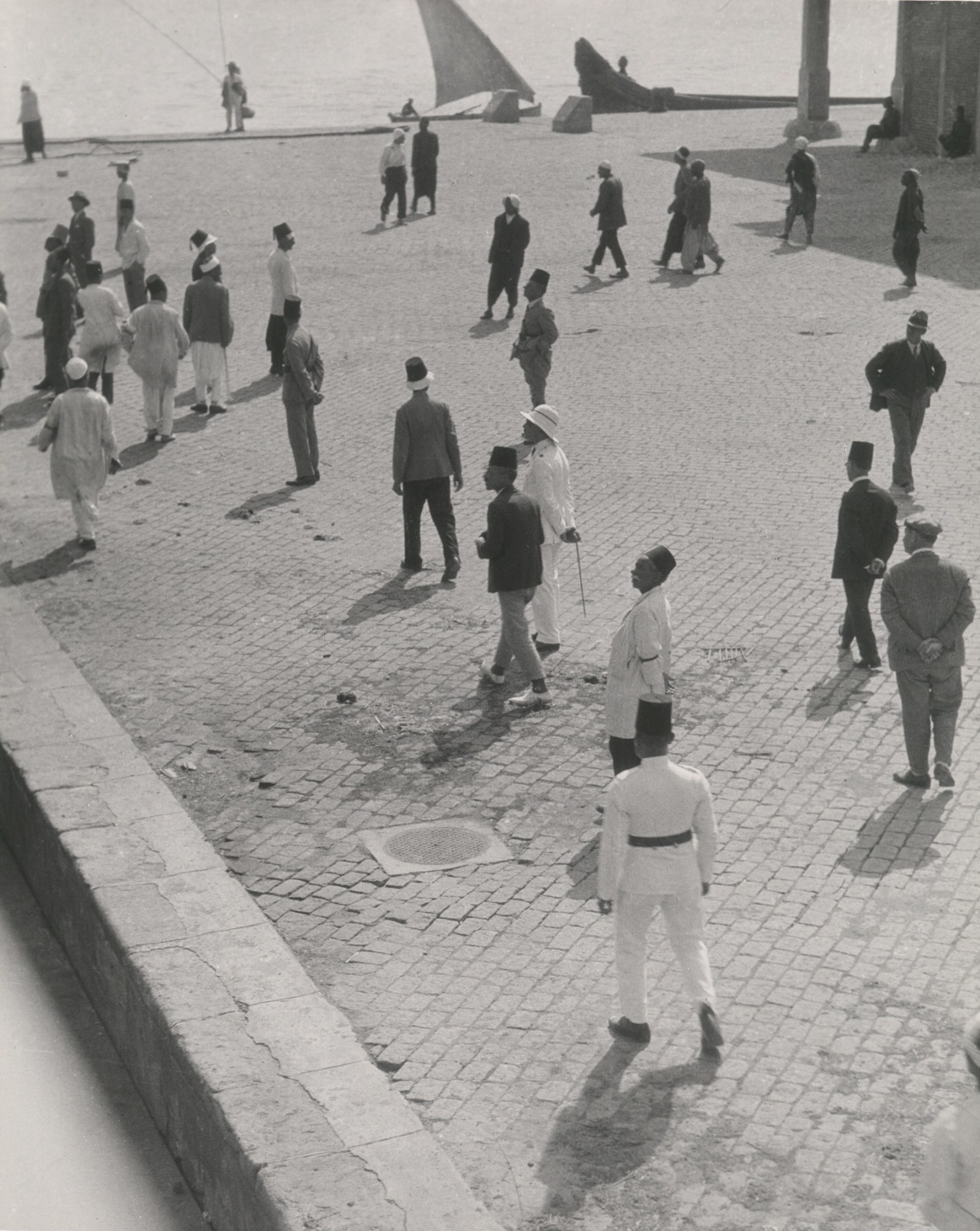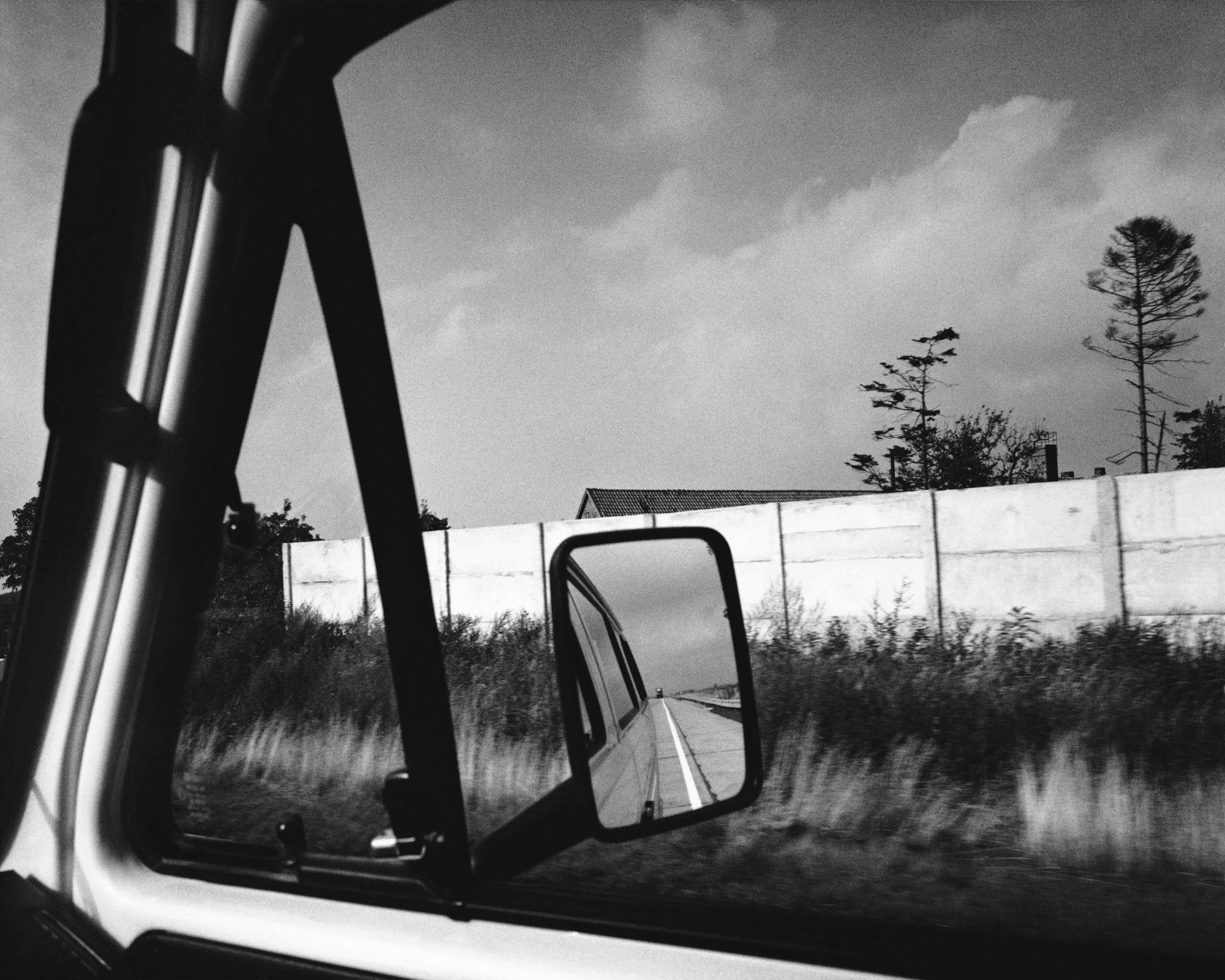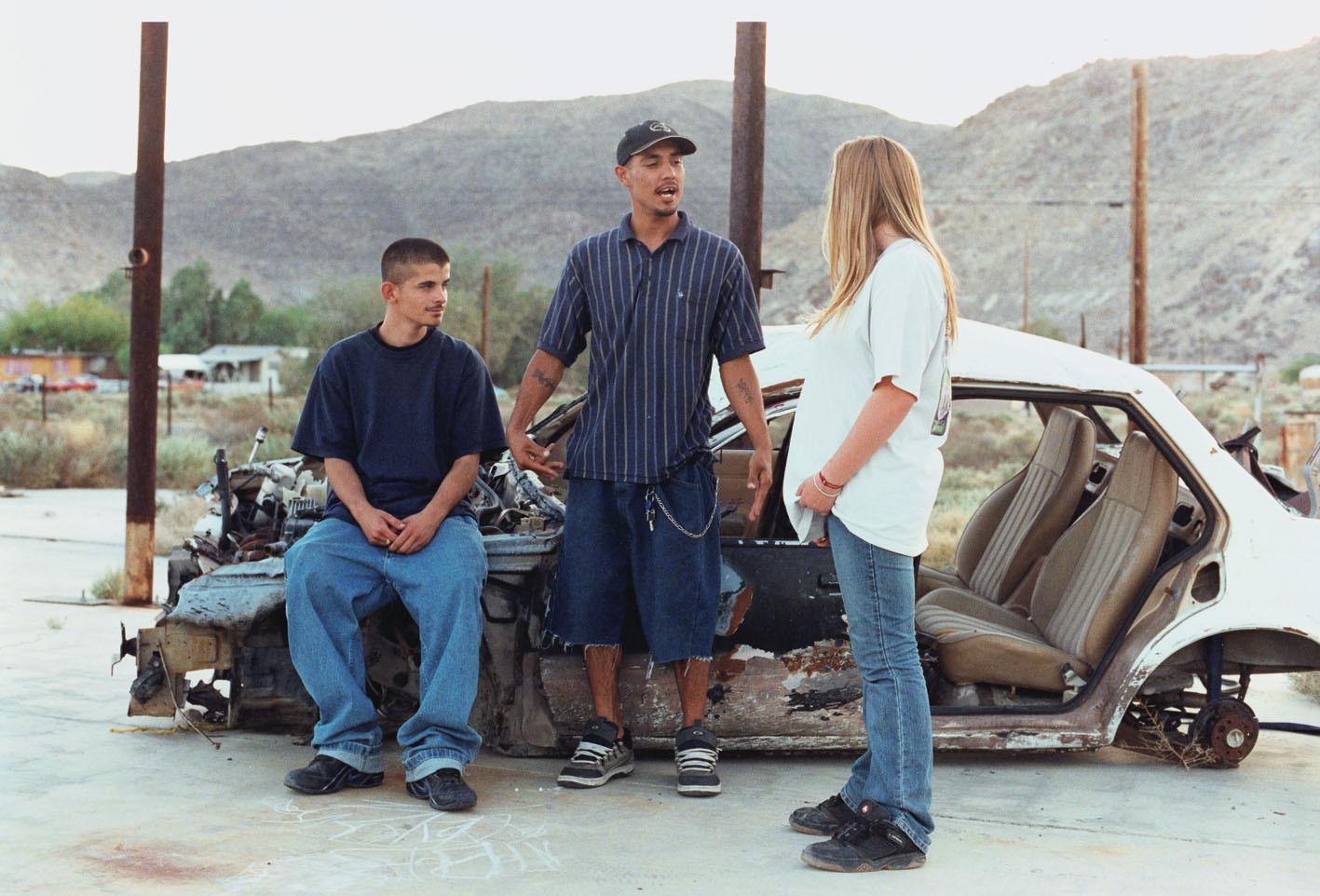Travel photographers can take us on a trip without the need to trawl through Airbnb listings or restock on tiny bottles of shampoo. But travel photography not only lets us escape from our desk-drudgery. At its best, it also grants us insight into unfamiliar cultures and unknown worlds. We’re not talking about the #WishYouWereHere photos flooding your Instagram explore feed, but about that kind of photography that shows something more than a pretty landscape.
But how authentic can images be if they are taken by an artist who isn’t part of the culture they portray? And how has travel photography developed in the face of globalization and technical progress? The exhibition Faraway Focus, on at the Berlinische Galerie in Berlin from May 19 – September 11, tries to answer these questions through the works of 17 different photographers, taken between 1880 and 2015. We asked the curator of the exhibition, Ulrich Domröse, what draws us to images from distant places and how the focus of travel photography has changed over the years.

What is it that drives most people to love travel so intensely?
Although it has become so much easier to get information about even the most remote places, the physical experience of getting to know the other remains something special. Curiosity and a hunger for adventure are probably the strongest motivations for us to set off. Once we have escaped our daily life, we gain a different perspective of the world. But most importantly — in the best cases — we also gain a different perspective of ourselves.
How did you get the idea for this exhibition?
These days, we feel like we cannot keep a hold on a realistic image of the world. But what is a realistic image, really? Photographers, especially ones that photograph out of an artistic impulse, have offered different answers to this question ever since photography was invented. That’s why I found it interesting to take a close look at the special relationship of art photography and travel, which always also transports our individual perceptions of the world.

How does the view of a travel photographer differ from a local eye?
It’s the distance that sets them apart. That doesn’t mean that there can’t be similar photos by locals as a visitor. The essential difference is, however, whether the photographer only touches the surface or whether they dare to take a deeper look. Some travel photographers are happy with the exotic and the picturesque, the pretty fiction. Those kinds of works were not relevant for this exhibition. I was interested in the artistically motivated analysis of cultural, political, and social circumstances in other countries, which are inseparable from a critical analysis of the effect of one’s own medium.

How has the focus of travel photography changed since the 20s?
Even though the avant-garde of the 20s propagandized a modern visual language and therefore pushed a different perception of society, it never undermined the trust in the authenticity of images. It wasn’t until the 80s that artists started developing a sense of questioning authenticity. They began to be aware of the fact that photography can only show a fragment of reality and that the medium is also influenced by the personality and interests of the human being behind the camera. We tried to reverse this for our exhibition. We assume that the mysteries and vastness of this world can only be met with an individual point of view — to gain insight into otherwise hidden realities.

What influence has social media had on the aesthetics of travel?
The images you talk about are produced within the framework of technical and formal standards. They are not mysterious, and are beautiful only in a conventional way. The most photos with the most likes become a model for many others. The difference to similar developments in the past — say when amateur photographers imitated the style of magazine photography — is that you now can earn money on the internet by copying this aesthetic. Photographers who want to be taken seriously in the art world will always look for their own style.

How did you choose the work?
We wanted to tell the story of artistic travel photography since the beginning of modernity with the works of these 17 photographers. That is why we were looking for especially expressive series with which it would be possible to experience the richness of this topic. I also tried to link the different projects content wise. There are images from the 20s that were taken from a balloon, there are photos of voyages that never really took place and only happened in the imagination, there are images that were taken at the same time from an East German and a West German perspective, and there are photos reflecting the current world in a deep and thrilling way.
The exhibition Faraway Focus opens on May 19th at the Berlinische Galerie – Museum of Modern Art in Berlin.
Credits
Text Catherina Kaiser
